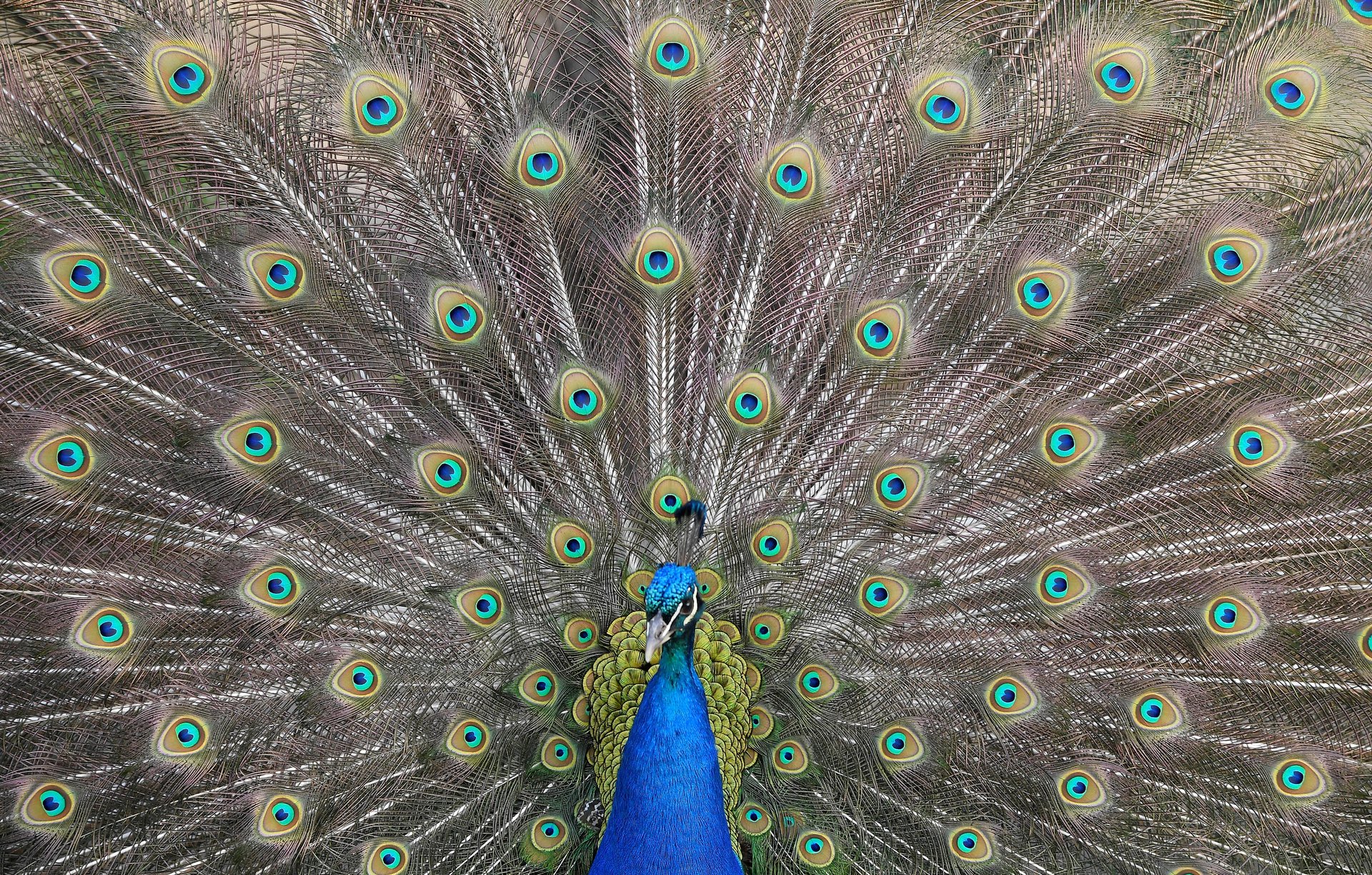Scientists have reconstructed the genome of the first animal that lived 650 million years ago
Evolution holds that we all came from a single animal. But what was this animal like?


Evolution holds that we all came from a single animal. But what was this animal like?
Two scientists set out to explore out how a single-celled organism evolved into the multitude of species we have on Earth today and did so by drawing an animal family tree, according to the New York Times (paywall). They chose 62 species for the family tree—from invertebrates to single-celled protozoans—and examined their DNA to find commonalities, making a list of 1.5 million protein-coding genes.
They found 6,331 genes present in the common ur-ancestor of all animals on Earth.
In a study published in Nature, Jordi Paps, an evolutionary biologist at the University of Essex and Peter Holland, an Oxford University zoologist, say 55% of the genes in the human genome were present in this ur-animal, which is thought to have lived over 650 million years ago.
We don’t know what the animal looked like or how it lived. But Paps has a theory of how it evolved; he told the Times that an evolutionary burst of new genes in early animals may have been due to an environment that triggered many mutations, or that animal ancestors gradually accumulated all these new genes over eons.
Some of these genes have been evolved billions of years ago, some more recently—that would sit with earlier studies that found evolution gave new jobs to old genes. Paps said sometimes a random string of DNA can mutate and begin producing a protein, or a gene can accidentally duplicate and these duplicates can eventually produce a new kind of protein.